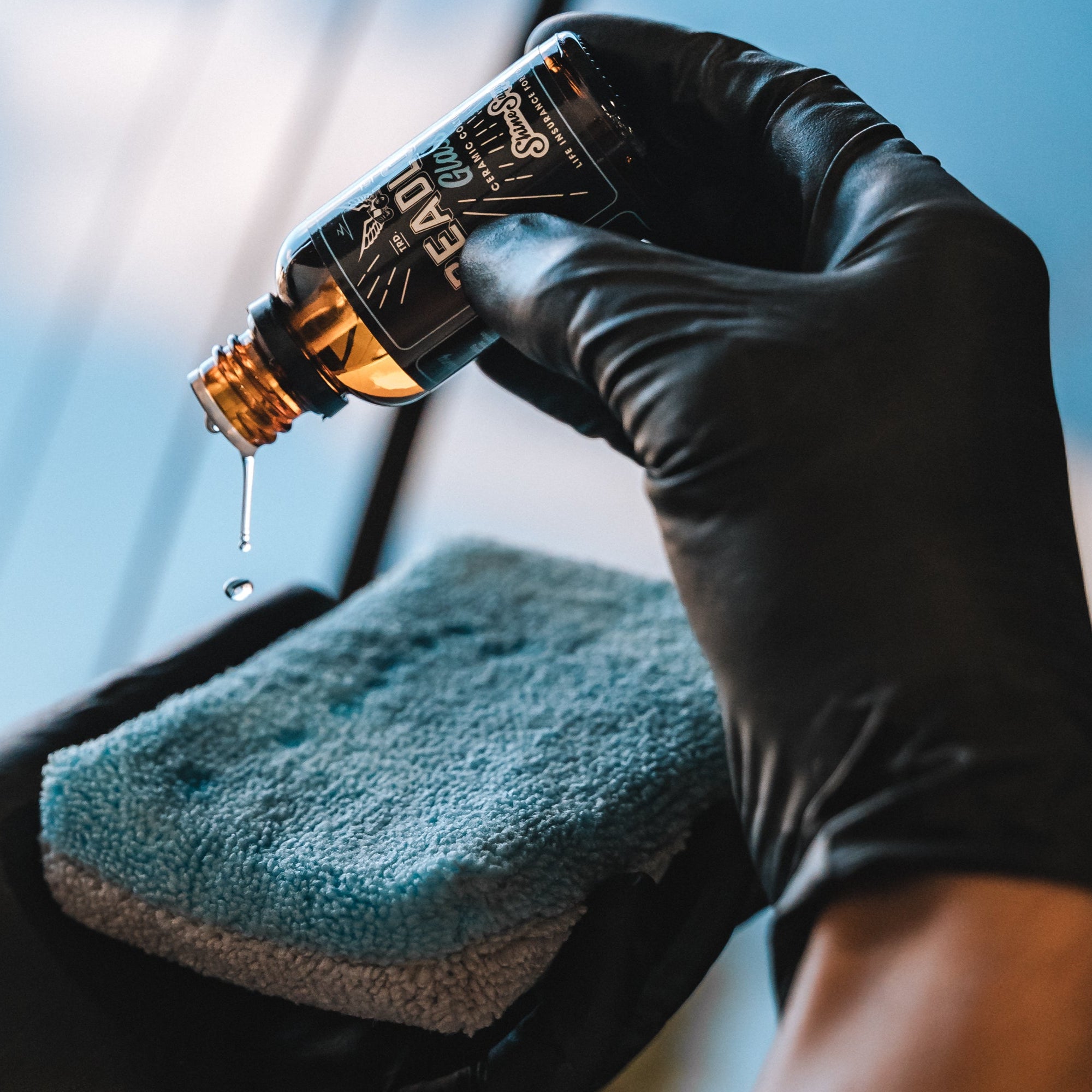Choose experienced scratch repair Sarasota to fix your vehicle’s paint.
Choose experienced scratch repair Sarasota to fix your vehicle’s paint.
Blog Article
A Comprehensive Guide to the Sorts Of Ceramic Finish on the Market
Ceramic coatings have actually emerged as a critical service throughout different markets due to their distinct properties and applications. As we discover the distinct qualities and applications of these coatings, the implications for performance and longevity come to be significantly apparent, elevating inquiries about which type might finest match your demands.
Understanding Ceramic Coatings
Ceramic finishings are sophisticated protective services that have gained appeal in different industries, especially in auto and aerospace applications. These finishings contain a liquid polymer that, when cured, forms a resilient, hydrophobic layer on the surface area of the substratum. This layer provides boosted resistance to environmental contaminants, UV radiation, and chemical direct exposure, thereby prolonging the life and aesthetic charm of the underlying product.
The basic component of ceramic coverings is silica, which adds to their hardness and longevity. The application procedure generally involves surface area prep work, application of the covering, and curing, which can be achieved via heat or UV light. Once healed, ceramic layers exhibit outstanding bonding properties, allowing them to adhere highly to a range of surface areas, including steels, plastics, and glass.
In addition to their protective attributes, ceramic coatings also offer convenience of upkeep. Their hydrophobic nature lowers the adherence of dirt and gunk, making cleaning easier and much less constant. On the whole, the adoption of ceramic layers stands for a substantial improvement in surface protection innovation, offering both functional and visual benefits throughout several markets.
Sorts Of Ceramic Coatings
Various sorts of ceramic finishings are readily available, each made to satisfy particular performance demands and applications - Car Detailing. The most typical kinds consist of:
Silica-based Coatings: These finishings mainly include silicon dioxide and are recognized for their longevity and chemical resistance. They are widely used in auto and commercial applications.
Titanium Dioxide Coatings: Prominent for their photocatalytic residential or commercial properties, titanium dioxide coatings are commonly used in settings where self-cleaning and antifungal homes are preferable, such as in building materials and vehicle surfaces.
Zirconia Coatings: Characterized by their high-temperature stability and thermal resistance, zirconia coatings are made use of in applications such as turbine engines and high-performance vehicle components.
Alumina Coatings: Showing exceptional hardness and thermal stability, alumina coverings are often used in wear-resistant applications, including reducing tools and industrial machinery. - Auto Detailing
Crossbreed Coatings: Incorporating the properties of different materials, hybrid finishings supply enhanced efficiency characteristics, making them check here suitable for special and requiring applications.
Each sort of ceramic finishing serves distinct purposes, permitting users to choose the most appropriate solution based on certain ecological problems and efficiency requirements.
Advantages of Ceramic Coatings
Ceramic layers, in specific, deal numerous advantages that make them increasingly preferred among manufacturers and consumers alike. These coverings are immune to scratches, chemicals, and UV rays, making sure that the underlying surface area continues to be protected over time.
In enhancement to toughness, ceramic coverings give excellent hydrophobic properties, enabling easy cleansing and maintenance. This water-repellent nature decreases the adherence of dust, crud, and other pollutants, which can prolong the aesthetic charm and capability of the surface. Ceramic layers can dramatically boost thermal resistance, making them perfect for why not check here applications that withstand high temperatures.

Application Refine
When using ceramic layers, a careful approach is vital to achieve ideal results. The application procedure usually starts with extensive surface area prep work. This involves cleaning, decontaminating, and polishing the surface area to eliminate all impurities, consisting of dirt, grease, and prior waxes or sealers. A tidy surface ensures proper attachment of the finish.
Once the surface is prepped, the next step is to use the ceramic finishing. This can be done making use of an applicator pad or a microfiber fabric, guaranteeing also protection. It is crucial to operate in little sections to preserve control and prevent premature treating. The finish must be used in thin layers, as thicker applications can lead to unequal coatings.
After application, the finishing requires a particular treating time, generally ranging from a couple of hours to a full day, depending on the item. Following these steps faithfully will take full advantage of the efficiency and durability of the ceramic covering, offering a sturdy protective layer for the surface.
Upkeep and Longevity
To make sure the longevity and performance of a ceramic finish, normal maintenance is essential. Ceramic layers, recognized for their toughness and protective qualities, need particular care regimens to optimize their lifespan and performance.
Along with regular washing, routine examinations you can look here are important. Search for signs of wear or damage, such as hydrophobic residential or commercial properties decreasing or surface area flaws. If necessary, a light polish may be put on revitalize the coating without stripping it away.
In addition, the application of a booster spray can boost the covering's hydrophobic impacts and restore its gloss. This is particularly useful for finishings that have been in usage for an extensive duration. Inevitably, by adhering to these upkeep techniques, one can dramatically expand the life of a ceramic covering, making sure that it remains to provide ideal security versus ecological aspects and preserve the visual appeal of the automobile.
Final thought

Report this page